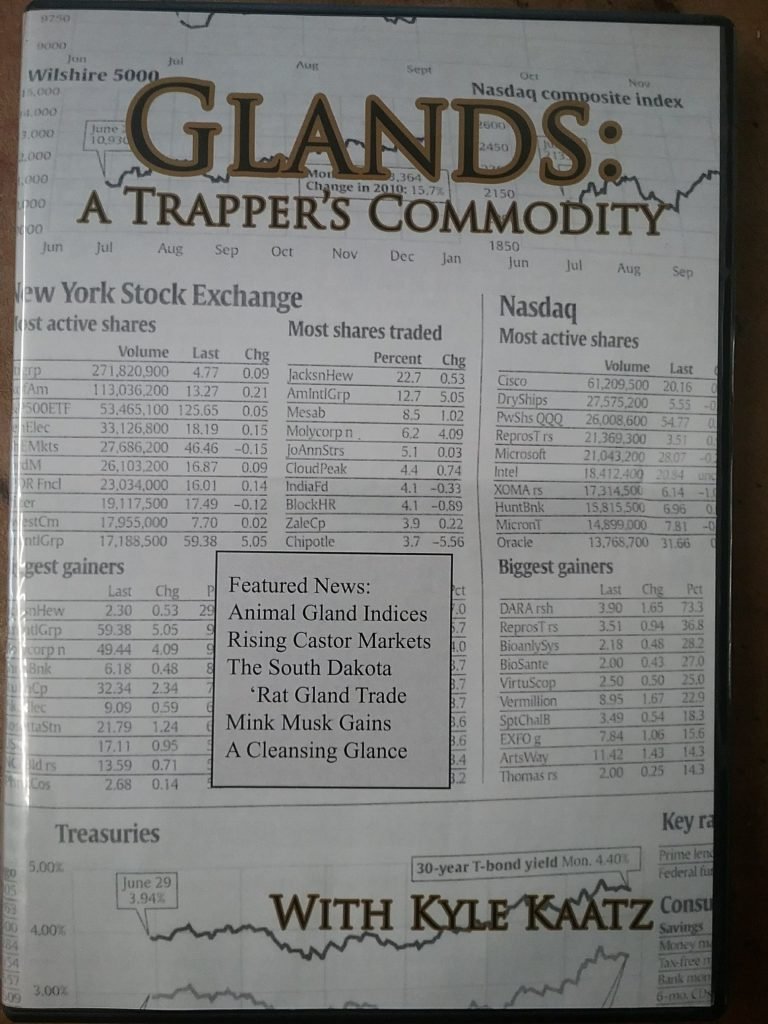This site is supported by you, the reader. If you make a purchase through one of my links, I may earn a small commission. Learn more here.

If you’re stacking up the fur on the trapline and aren’t saving glands, you’re missing out on a good chunk of extra money. Glands are worth quite a bit to the lure making industry, and trappers who take the time to save them can get a pretty good financial reward for a little bit of time. If you’re an amateur lure maker, collecting glands from your own animals can save a lot of money in lure making ingredients as well.
But how do you collect those glands? How many are there, and where are they located? How does this vary by species? How do you clean, store and sell glands, and how do you know what gland buyers are looking for? “Glands: A Trapper’s Commodity” answers those questions and more, and is a great start to get you up to speed on this whole gland industry.
In 40 minutes, Kyle Kaatz goes over the gland market and shows you exactly how to find, harvest and store glands from a variety of species. He shows how to take glands from muskrat, mink, coyote and fox, as well as explaining which species have which glands. For instance, muskrats have only one set of harvestable glands, and they vary in size considerably between spring and fall. Mustelids like mink, otter, fisher and weasel all have the same set of glands in the same location, though some add up much quicker than others! Coyotes, foxes and bobcats have a wider variety of glands important to the lure making industry, including hock glands, anal glands and bladder glands. Kyle shows you how to extract each of these, and how they need to be cleaned and stored.
Beavers are a pretty unique critter in that they have two sets of glands – oil sacs and castor glands. The oil sacs are used by some lure makers, but castors are much more valuable and are used in both the lure making and perfume industries, among other niches. Kyle shows how to extract and care for castors to get the most value from them.
At the other end of the spectrum, furbearers like possums and raccoons have glands with little to no value in the industry, and trappers shouldn’t waste their time trying to extract these glands.
Many trappers would benefit a great deal by saving glands from the critters they catch, and for a small investment, “Glands: A Trapper’s Commodity” will put you on the right path to adding a few dollars to your paycheck and maximizing the value you get from the trapline.
Leave a Reply